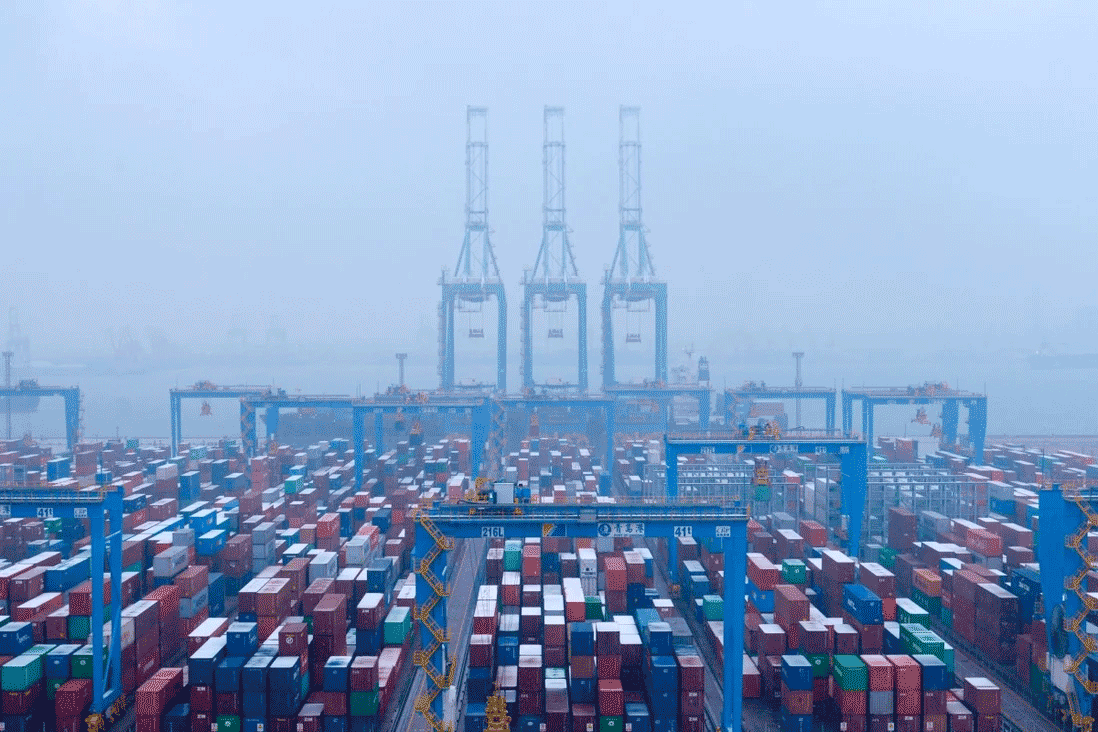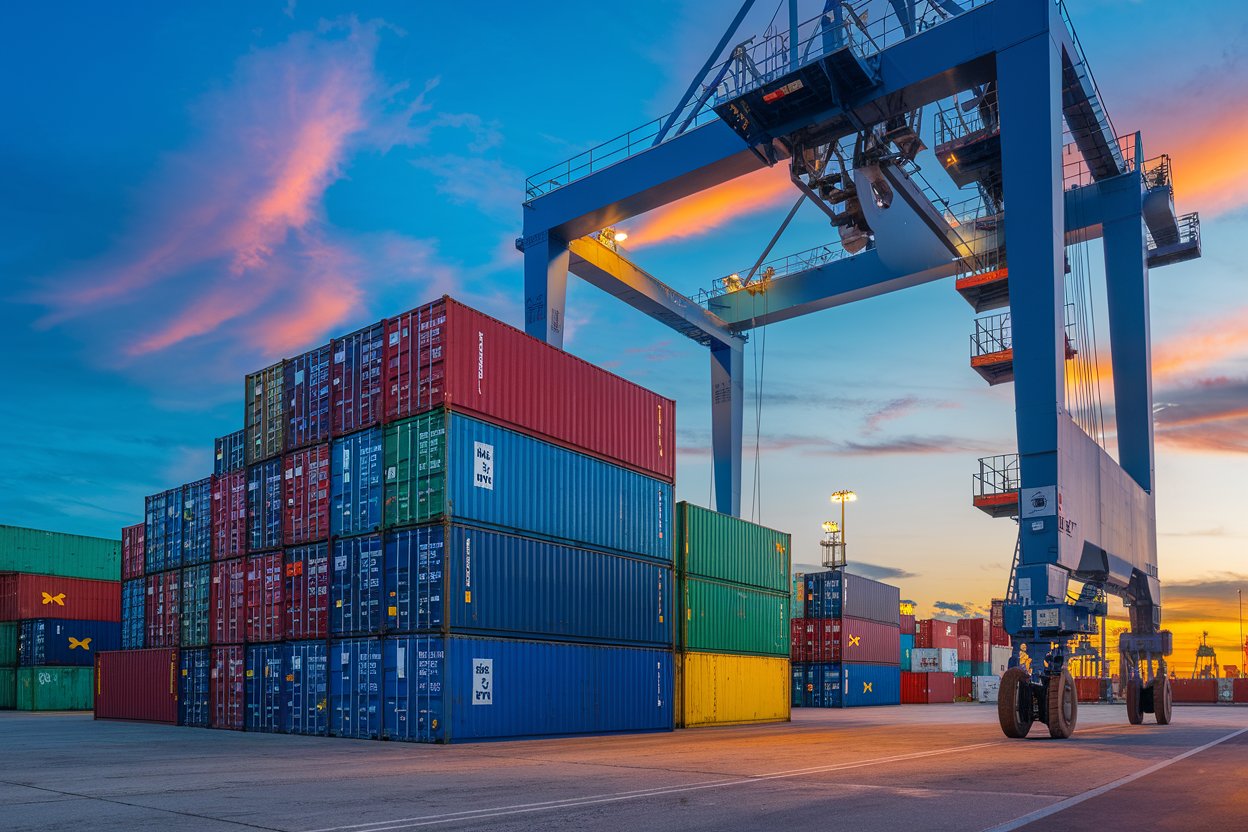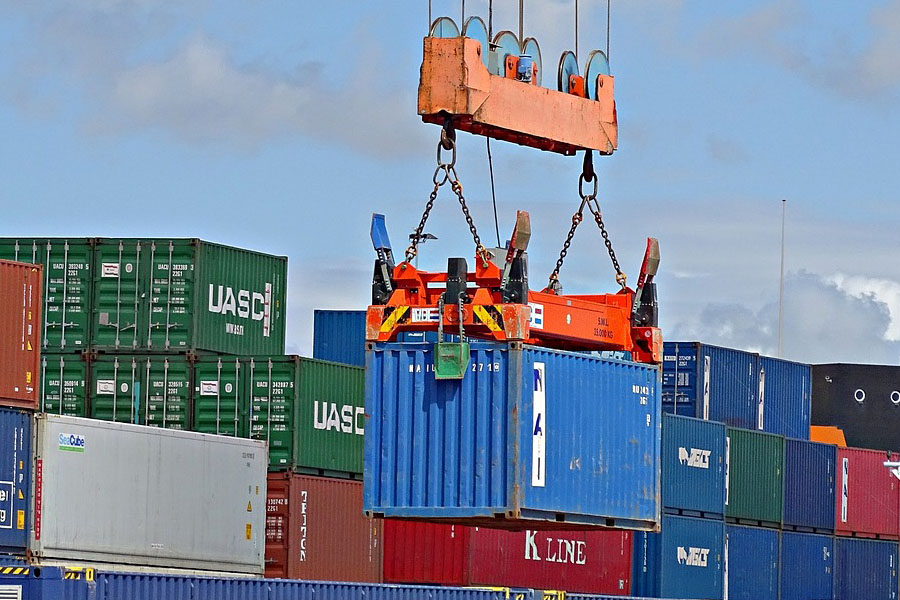- Shanghai Zhongshen International Trade Co., Ltd. - Two decades of trade agency expertise.
- Service Hotline: 139 1787 2118
Are you still wasting precious time on the cumbersome testing and paperwork for power stripsWhen exporting metal jewelry to the EU, especially during sample customs clearance, the requirements are often diverse. Especially in the current international environment, the EU has carried out more reviews and supervision of the origin of raw materials. The non - Russian material declaration you mentioned? A seemingly simple power cord has many hurdles in front of the EU customs. Dont worry. Today, we will guide you through these regulatory mazes, and there is professionalforeign tradeagency support throughout the process, enabling your power strips to easily step onto the EU stage!
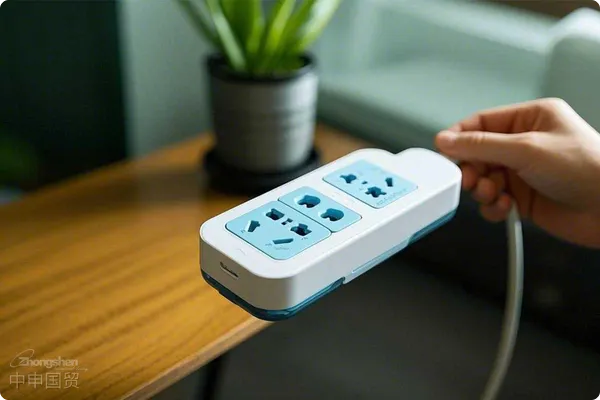
I. Process of Exporting to the EU
Confirmation of customer needs
Before exporting power strips, enterprises need to confirm the following with customers:
- Product specifications and functions: Such as ordinary power strips, smart power strips with USB interfaces, etc.
- Target market: Confirm the specific market demand and relevant regulations of EU countries.
- Technical requirements: Understand the technical standards and certification requirements of the EU market for power strips.
Signing of contract
Enterprises need to sign a detailed contract with customers, clarifying the following:
- Product Standards: Complies with CE certification requirements and EN 60884 and EN 62368 standards.
- Mode of transportation: Select according to customer needsMaritime Transportation,Air TransportationOr multimodal transport.
- Payment terms: Determine the specific payment method and time nodes.
Product certification and testing
According to the requirements of the EU market, power strips need to pass the following certifications and tests:
- CE Certification: Must meet the requirements of LVD and EMC directives.
- Other certifications: According to the product functions (such as with USB interface), it may need to meet the EN 62368 standard.
Preparation of export documents
The following documents are required for power strips exported to the EU:
- Commercial invoice, packing list, bill of lading.
- CE certification, test report, technical documentation.
- RoHS and WEEE compliance statement.
Logistics and transportation arrangements
Enterprises need to select the transportation method according to customer requirements and ensure the following requirements:
- Packaging: Shockproof, moisture-proof, and mark necessary safety and technical information.
- Transportation tracking: Ensure real - time tracking of the goods during transportation.
Customs clearance and delivery
- Customs clearance document preparation: Prepare the documents required by the customs to ensure compliance with the specific requirements of each EU member state.
- Delivery: After completing customs clearance at the destination, deliver the goods to the customer - designated location in a timely manner.
II. Main Certifications and Standards for Exporting to the EU
General regulations
According to the standards issued by the European Committee for Electrotechnical StandardizationEN IEC 60335-1:2023/A11:2023Power strips need to meet the latest technical requirements, involving PELV circuit requirements, mechanical strength tests of sockets, etc.
CE certification
CE certification is the core requirement for power strips to be exported to the EU. The following are the main relevant standards:
- EN 60884 standard: Applicable to ordinary household and outdoor power strips, with the voltage range specified from 50V to 440V and the current not exceeding 32A.
- EN 62368 standard: Applicable to power strips with intelligent control and USB interfaces.
Directive requirements
- LVD Directive: Pay attention to the electrical safety performance of the product to ensure user safety under normal use and fault conditions.
- EMC Directive: Ensure the electromagnetic compatibility of the product to prevent interference with other electronic devices.
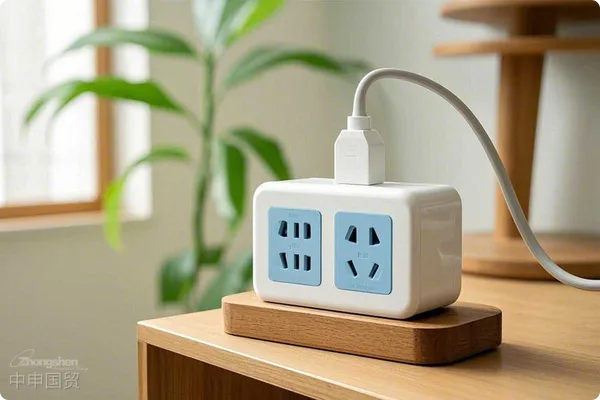
III. Safety requirements
Electrical safety
- Insulation resistance: It must meet the standard requirements to ensure prevention of electric leakage.
- Grounding resistance: It needs to comply with the specifications to ensure user safety.
- Voltage withstand capacity: Prevent equipment damage or user electric shock caused by voltage problems.
Mechanical safety
- Structural design: No sharp edges and corners, and the shell has sufficient strength.
- Durability: It can withstand long - term plug - in and external force impacts.
IV. Environmental protection requirements
RoHS Directive
Limit the use of hazardous substances in power strip products to protect the environment and human health.
WEEE Directive
It is required to properly handle and recycle waste power strips. Enterprises need to assume the recycling responsibility or participate in relevant programs.
V. Precautions
Special regulations of different countries
Although the EU has a unified standard, there may be slight differences among member states. Enterprises need to understand the specific requirements of the target market in advance.
CE mark and packaging information
- CE Mark: It must be marked prominently and permanently on the product and packaging.
- Packaging information: Including the manufacturers name, address, trademark, model, technical parameters, safety warning statements, etc., marked in the official languages of the EU.
Customs sampling inspection and document preparation
- Document Preparation: Prepare complete export documents in advance to ensure consistency with the actual information of the goods.
- Sampling inspection channel: Understand the sampling inspection process of the EU customs to avoid delays caused by document problems.
VI. Role of foreign trade agency service companies
Certification support
- Assist enterprises in completing the CE certification application to ensure compliance with EN 60884 and EN 62368 standards.
- Guide the preparation of RoHS and WEEE compliance documents.
Document management
- Help enterprises prepare all the documents and technical documentation required for export.
- Ensure the accuracy and compliance of the documents.
Customs clearance and logistics
- Provide professional customs clearance services to solve possible customs clearance problems.
- Arrange the optimal transportation plan to ensure the safe and timely delivery of goods.
Risk avoidance
Provide market research and regulatory consulting to avoid export risks caused by certification or document problems.
Summary
Power strips exported to the EU need to meet strict technical, certification, and environmental requirements. On the global competitive stage, details are often the key to success or failure. Perhaps you are苦惱 about the high threshold of the EU market, or perhaps you have already felt overwhelmed by the trivial processes. It might be advisable to entrust it to those with rich experience.ZhongShen International Tradeservice expert with 20 years of industry experience, this article will systematically analyze the core points of clothingExport RepresentationCome and pave this path. Let the export of power strips no longer be an unattainable goal, but a well - planned journey that helps you move towards the vast future of the European market faster and more steadily!
Related Recommendations
? 2025. All Rights Reserved. Shanghai ICP No. 2023007705-2  PSB Record: Shanghai No.31011502009912
PSB Record: Shanghai No.31011502009912

